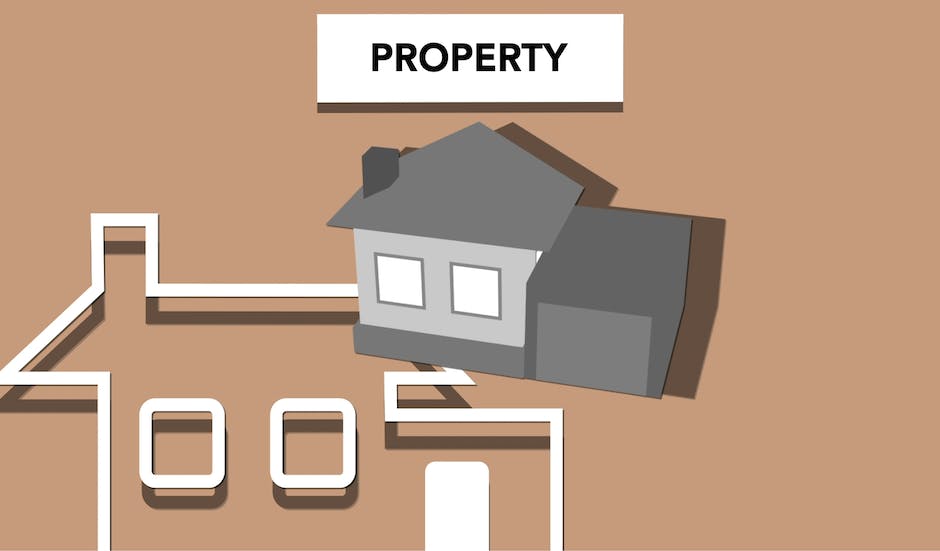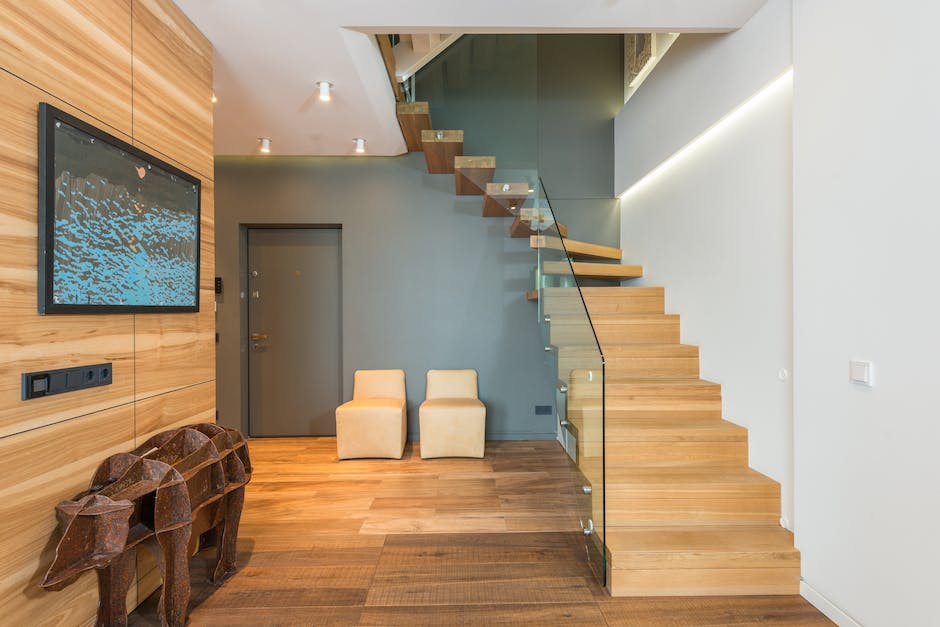
The term microloan has recently come into wider use, predominantly within the non-profit and corporate worlds, for the purpose of funding small businesses.
Many argue that the rise of the modern business is built on the ability to access small loans, as they are more cost-effective than large loans that require additional funding from a bank.
In return for giving out their money at a lower cost, lenders demand high levels of repayment in return for a loan. However, due to recent changes to banking regulations, many no longer feel compelled to do so.
The rise of internet sites and applications that connect lenders and borrowers has further increased the demand for microloans.
Why use microloans for real estate?

Microloans for real estate offer a unique way to finance projects by providing the freedom to create your own loan program without the cost or complexity.
With the ability to create any term, size, and structure to your loan, microloans for real estate provide more options for financing a project.
Many developers have used microloans for property purchases and construction loans to build their business. As more and more homes are completed, people are starting to realize the potential of this type of financing.
If you are interested in learning more about the benefits of microloans for real estate, look into introducing some of these loans into your portfolio. You may find new ways to use these types of loans in unique locations or on limited budgets.
Who qualifies for microloans?
Microloans can be a very useful tool for both new and established investors. Because they are only a few hundred dollars, it is possible to offer low-cost loans to qualified borrowers.
Many times, the only way to acquire property is through real estate transactions. As a result, the only way to offer a reasonable loan size is as part of a larger property transaction.
As the original lender, you would usually be the party responsible for closing the transaction and offering the loan, so there are some restrictions on what you can do with the loan.
What is the process for obtaining a microloan?

First, the lender reviews the property and assesses its potential for RE financing. If the property meets criteria for a microloan, then the lender will approve a loan if they can get enough money in return.
Second, the property owner submits an application to the bank. Once it is reviewed, it may be submitted to a third party appraiser or certified engineer to check on its value. If it passes these checks, then the bank will contact the property owner to schedule a loan interview.
Third, during the interview, the potential borrower and banker discuss what they need to have on their resumes in order to get approved for a loan.
What property can you buy with a microloan?

The answer can be limited to residential, commercial, and transportation-related property. All other types of real estate are out!
However, there are more ways to access this powerful financing source. As an alternative financing source for non-conventional real estate investments such as condos or commercial properties, microloans are a viable option.
For instance, a developer can take a small loan for $20,000 ($200 in total invested) and invest it in a condo or hotel property. The unit cost $300 per square foot so the developer would have $20,000 worth of investment left.
The investor can then purchase the unit and resell it! Or they can enter into a contract to buy it but not until after construction is completed. This way, they have some protection against any capital losses before they raise additional funds.
Does using a microloan affect my home loan application?

While most microloans are small loans under $500, some are as large as $500,000. Even in the $500,000+ range, the majority is less than $500.
The majority of microloans are collateralized loan obligations (colloquially, CDOs). These typically require a borrower to post a substantial amount of equity in their home as security for the loan.
Because most CDOs do not require monthly discharges of debt for using the loan, using a microloan can be more efficient than using a traditional loan. For example, instead of paying high interest loansman-agement (I&M) or credit card payment processing fees which strips away money from the funds needed to make a loan successful, using a microloan can save those amounts.
However, while many CDOs target affluent borrowers with high debt levels and low income levels, some have sought to target low-income and middle-class borrowers with small loans.
What is the repayment like on a microloan?

Most microloans are for $100 to $500, with most being around $100. The usual rule of thumb is that the larger the loan, the larger the payment.
The repayment on a smaller loan can be more frequent or less frequent, it just depends on who loans them out.
A small portion of the debt can be impossible to impossible to pay off without significantly increasing the size of the loan or taking additional cash from someone else. This is why so few people opt to do small loans- they simply cannot afford to fall behind on them.
Many lenders offer special special deals for real estate investors. These specials include low-downpayment microloans of $100, which are perfect for starting a business or introducing new businesses into your portfolio.
Can I get a line of credit along with a microloan?

The ability to get a line of credit along with a microloan has created new opportunities for both individuals and businesses.
Most recently, this has been used in conjunction with non-property collateral such as a barber shop or beauty salon. Due to the lower cost of credit, this is also an excellent way to start business financing.
This method of loan issuance is called a lines of credit and microloan combined. The lines of credit can be doled out in increments, making it perfect for start-up funding.
The microloans themselves may be limited to no more than $5,000 per borrower, which makes them an excellent way to save for future projects.
As more people begin to look into these loans, they continue to raise their standards until they include only quality candidates.
What is the difference between a traditional loan and a personal loan?

A personal loan involves a loan from a bank, credit card, etc. It typically requires a down-payment and periodic payments until it is paid in full.
A microloan does not require any kind of investment or repayment and can be obtained through a lot of sources including cash advance websites, online banking accounts, credit cards, etc.
Microloans are only around $500 – $1500 and can be repaid in multiple ways including cash advances or paying off the debt in full. Because of this, many people opt to do it via the internet rather than taking it to an official source.
This is possible due to the potential for oversaving caused by the lower interest rates on the loans. Many people do not have access to internet banking accounts so these low-interest loans are the only way for people to obtain funding.

